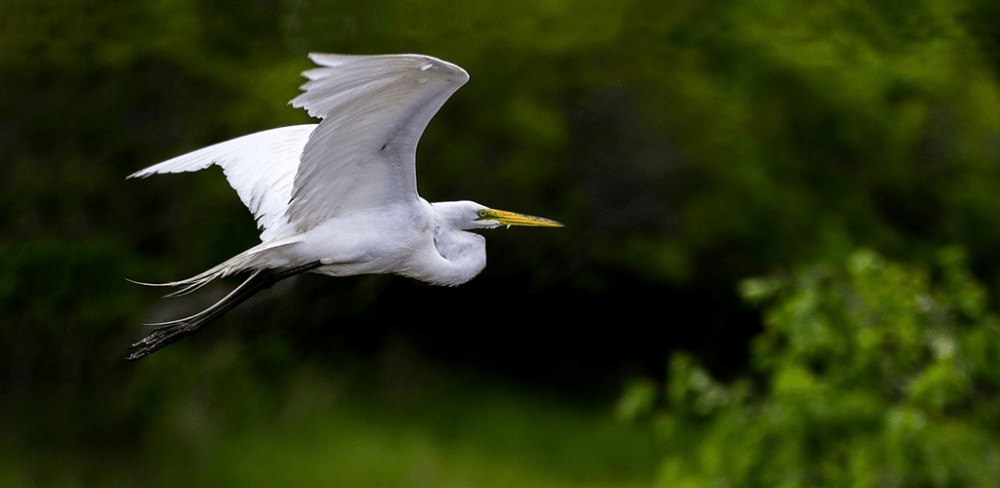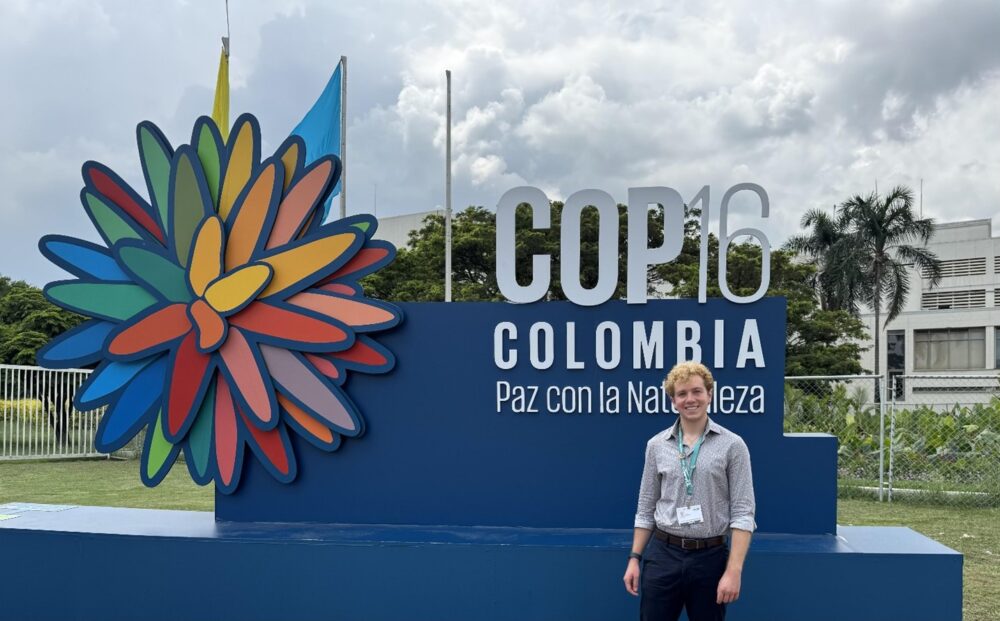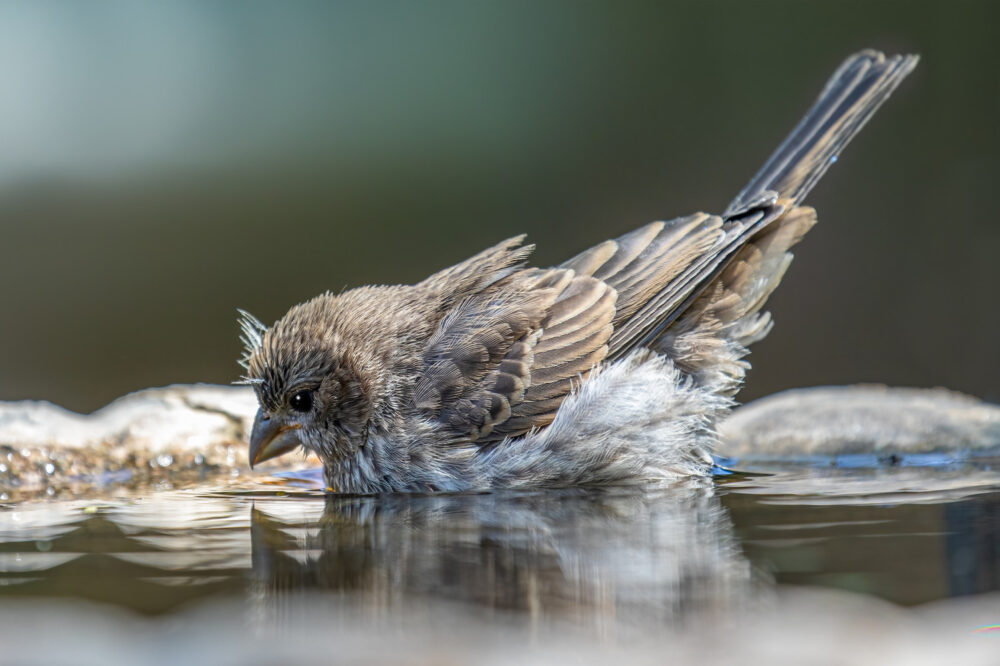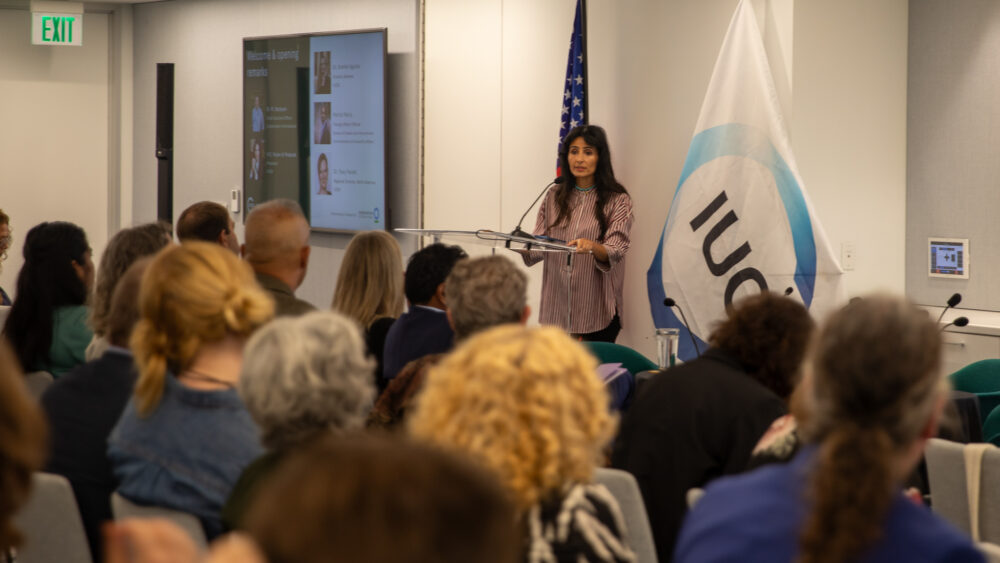We have much more to do and your continued support is needed now more than ever.
Five Ways to Help Bees At Home
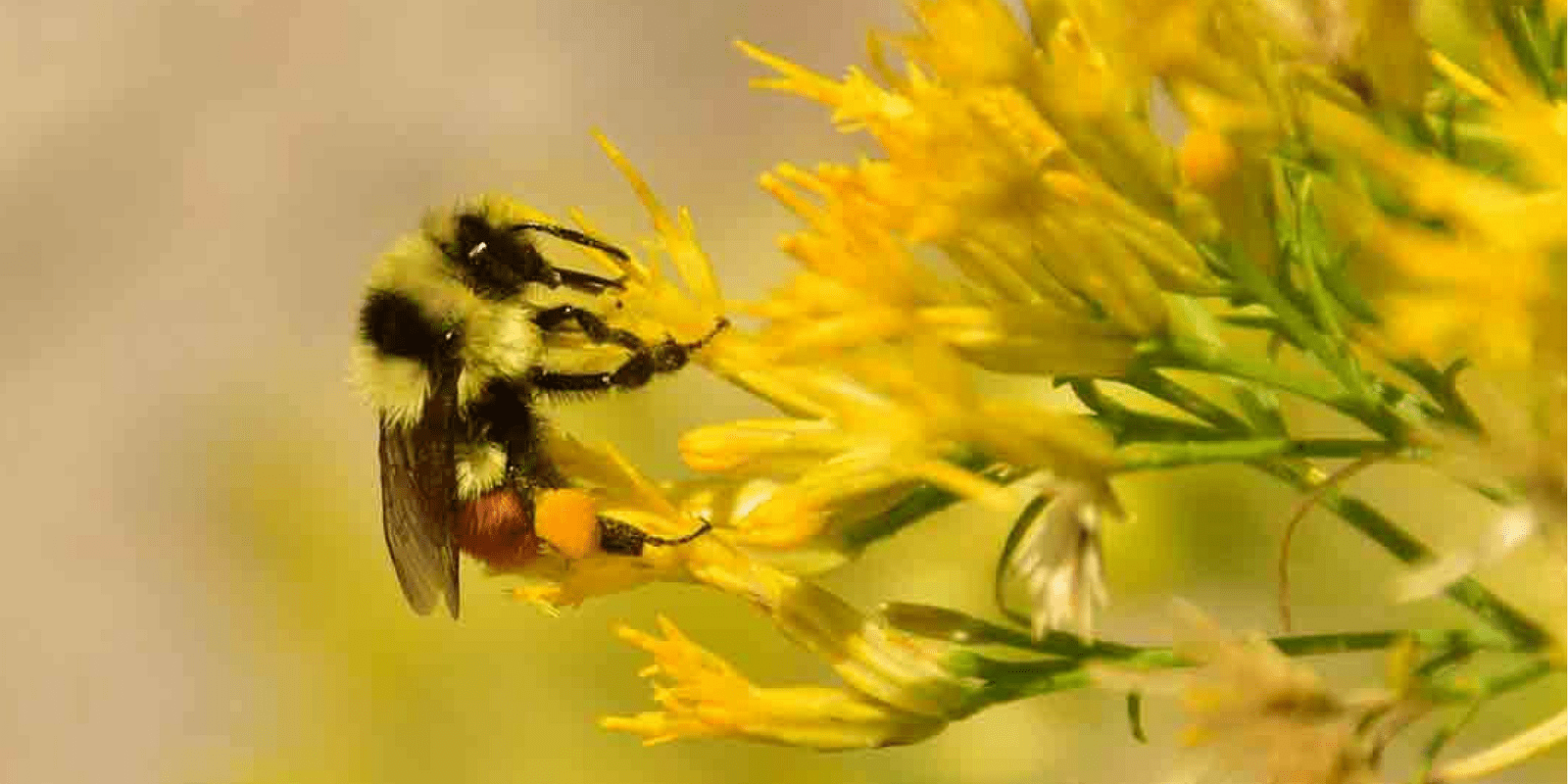
Bees need our help. Many North American native bee species are experiencing population declines due to pesticide poisoning, habitat loss and disease. Domesticated honey bees managed for their agricultural services are also struggling.
Bees pollinate both our crops and wild plants, providing us with one-third of the food we eat and allowing wild plants to reproduce and produce the berries, fruits, seeds and other plant foods that form the base of the natural food web. Loss of bee populations poses a significant risk to both our agricultural system as well as the ecosystem that supports other wildlife.
Fixing this big problem can start with some small solutions. Each of us can create a bee-friendly habitat in our own yard or gardens to make a difference for bee populations on the local level. If each of us does our part in our own yards, the collective benefit to bees will be significant. Here are five ways you can help bees:
1. Plant Natives
Native plants are the plant species that are naturally found in your region that provide bees with the nectar and pollen that are their only food source. In fact, some native bees are plant specialists, and can only feed their larvae the pollen from specific native plants. Native plants are great choices for the garden, because they are adapted to the natural soil, rainfall and weather conditions of your region.
If you plant them in the right spot they’ll thrive with no need for additional watering, fertilizer or chemicals that are bad for bees. Many native plants are highly ornamental and available at your local garden center. Get a list of native plants for your zip code using our Native Plant Finder or order plants that will specifically help native bees from our Native Plant Collections. Garden for Wildlife Native Plant Collections are backed by science to help the highest number of declining wildlife species. NOW AVAILABLE for 36 states with free shipping.

2. Add a New Garden Bed
Lawns are the standard in American landscapes, but unfortunately, they offer no habitat for bees, which rely on blooming wildflowers, shrubs and trees to provide the nectar and pollen upon which they feed. Make it a goal to reduce your lawn and add a new garden bed filled with blooming native plants this spring and you’ll be doing the bees a big favor. Let lawn areas that remain grow natural by mowing less and avoiding herbicides that kill nectar-producing lawn plants such as clover, creeping thyme, and dandelions
3. Go Organic
Bees are insects, so using broad-spectrum insecticides on your lawn and garden will kill them. Exposure to insecticides is one reason that many bee populations are on the decline. Don’t use them.
One particular group of insecticides that are a growing cause for concern are called neonicotinoids. These systemic insecticides are absorbed by plants and cannot be washed off. They are present in all parts of the plant, including the nectar and pollen fed on by bees.
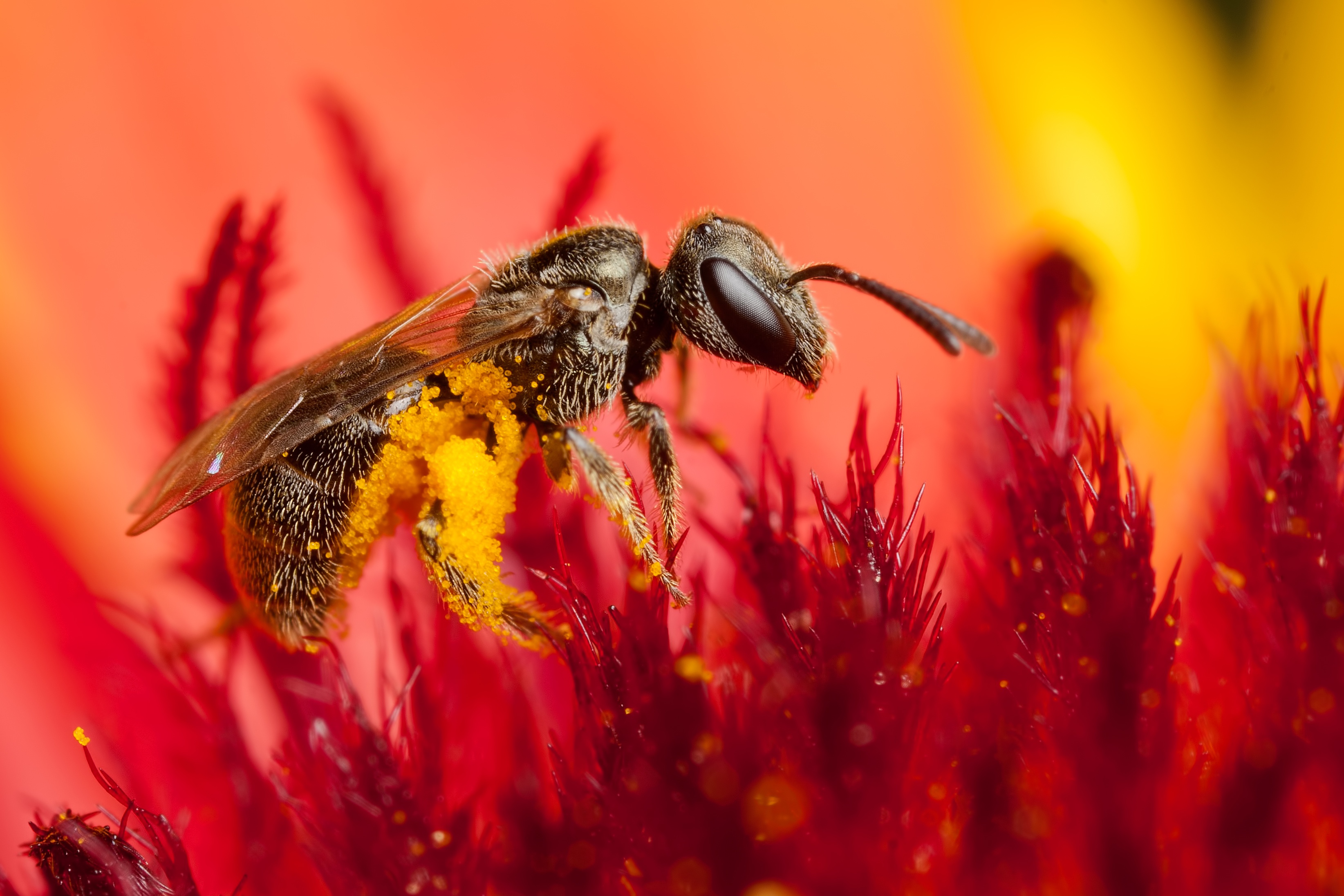
These chemicals are key ingredients in many pesticides sold for home use, but they are also used by plant growers before plants even get to the nursery for sale. Don’t use products with neonicotinoid chemicals, and don’t purchase plants that have been treated with them. Ask your local nursery if their plants have been treated before purchasing, and let them know as a consumer that you want only neonicotinoid-free plants.
Instead of using pesticides, practice organic gardening techniques like planting natives to attract pest predators, hand-picking pests, using physical barriers and building healthy soil to increase plant resistance to pests.
4. Add Water
Insects need liquid but can’t drink from deep water for fear of falling in and drowning. Provide this vital habitat resource for bees by filling a birdbath with large pebbles and filling halfway with water. The pebbles will provide landing places for bees to safely get a drink and places to quickly crawl out should they fall in. A bonus is that birds, butterflies and other wildlife will also be able to use this kind of water feature. Dump the water every few days and replace with fresh to eliminate any mosquito larvae in the water.
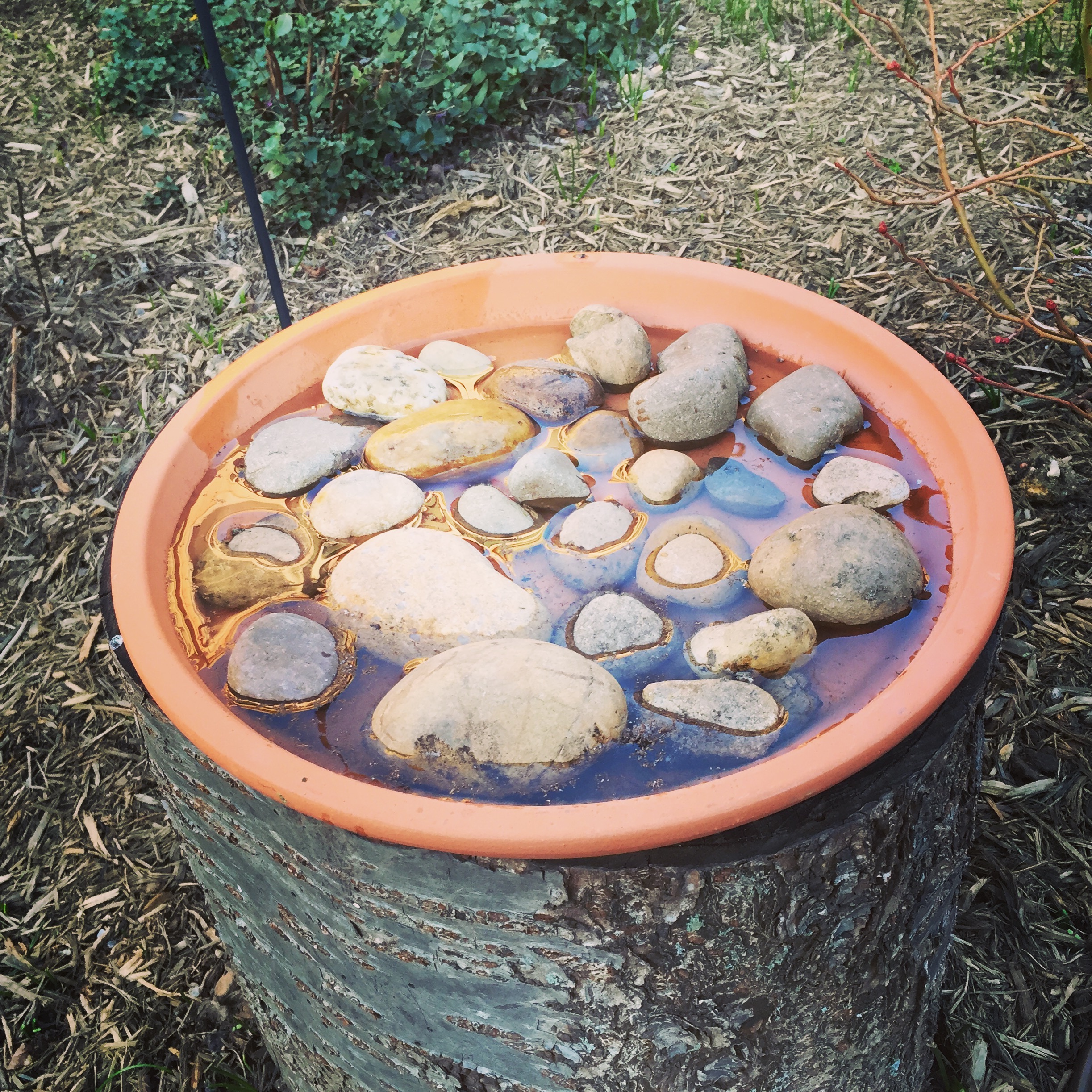
5. Offer Nesting Places
Domesticated honey bees and native bumble bees live in social hives, but most other native bee species are solitary. This means they don’t make honey or share in the care of their young. Instead, females of solitary bee species lay their eggs in a series of chambers in a nesting tunnel. These solitary nesters roll pollen and nectar into in a ball called a “bee loaf” and lay one egg on it.
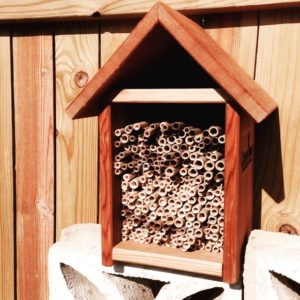
They build a chamber wall and repeat the process until the tunnel is filled. Each egg hatches, the bee larva feeds on the bee loaf, pupates, and eventually chews out of its chamber as an adult to begin the process anew. While individual bees will nest in close proximity to each other where nesting conditions are favorable, they do not live communally.
Seventy percent of our native solitary nesting bees use tunnels in the ground to lay their eggs. The other thirty percent of solitary bees use hollowed-out plant stems or tunnels in dead trees or fallen logs as egg-laying places. Providing nesting places for native bees is as important as providing native plants to supply them with pollen and nectar. Leave patches of bare soil in your garden for ground-nesting bees, leave plant stems standing through the winter and keep dead trees or fallen logs. You can also put up “native bee nesting houses” that provide places for native bees to reproduce.
You can help save bees now! Learn how you can Garden for Wildlife using our Native Plant Finder to get lists of native plants for your zipcode, or order plants that will specifically help native bees from our Native Plant Collections. Garden for Wildlife Native Plant Collections are backed by science to help the highest number of declining wildlife species. NOW AVAILABLE for 36 states with free shipping.



